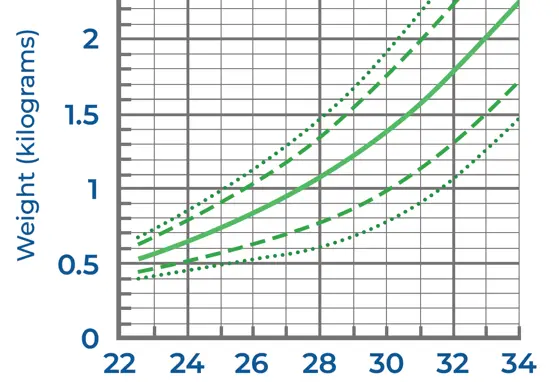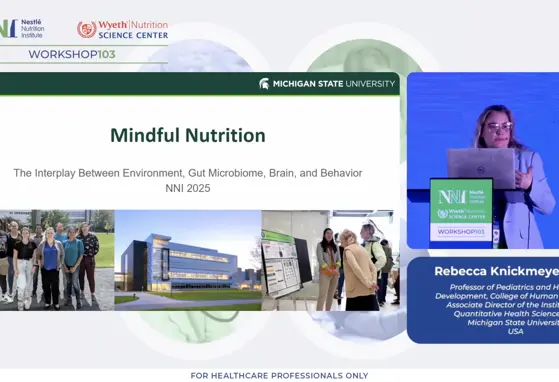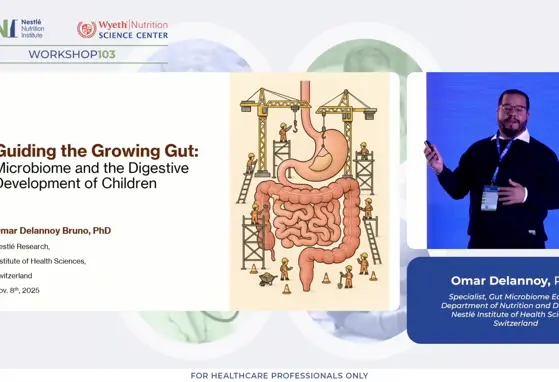Human Milk Oligosaccharides stimulate Bifidobacteria that contribute to reduce the Risk of lower Respiratory Tract Illnesses
In a recent study, Sprenger and colleagues from Nestlé Institute of Health Sciences, Switzerland, suggested that acetate derived from a conditioned media (CM) of the human milk oligosaccharides (HMOs) 2′-fucosyllactose (2′-FL) and lacto-N-neotetraose (LNnT) stimulated Bifidobacterium longum subsp infantis (B. infantis) sufficient enough to support mucosal barrier function and pathogen resistance. The study findings were presented at the 52nd Annual Meeting of the European Society for Paediatric Gastroenterology, Hepatology and Nutrition (ESPGHAN) held in Glasgow, Scotland, in June 2019.
HMOs may support immunity partly due to their effects on the gut microbiota during early life. A clinical trial by Puccio et al (2017) reported a reduced risk of lower respiratory tract illness (LRTI) and bronchitis in babies who were fed formulae supplemented with 2′-FL and LNnT.
In this study, Sprenger and colleagues explored the possible gut microbial mechanisms that relate to the above-mentioned clinical findings. Stool samples of babies (aged 3 months) were collected and analysed for microbiota composition, metabolites and their association with occurrence of LRTI and bronchitis during their first year of life. Individual strains of Bifidobacterium were grown anaerobically in a cell culture medium composed of glucose and 2′-FL or, LNnT or 6′-siayllactose (6′SL). The supernatants were collected from the culture medium and sterile filtered to obtain a CM. In vitro assays were performed in the CM to study inflammation modulation, epithelial barrier function and pathogen resistance. Additionally, short-chain fatty acids like acetate in CM were quantified by analytical methods.
The researchers observed that stool samples of babies with at least one incidence of LRTI or bronchitis during the first year of life had a lower abundance of Bifidobacterium sp., especially B. infantis as well as a lower proportion of acetate. Furthermore, 2′-FL and LNnT, unlike 6’SL, stimulated the metabolic activity of B. infantis beyond growth promotion with an increased acetate formation compared with the control. CM from 2′-FL and LNnT stimulated B. infantis protected cells from Salmonella invasion. Stimulated acetate was sufficient to reduce inflammatory reaction to a pathogen.
The researchers concluded that these findings provide an important understanding on the gut microbial mechanisms that are associated with the clinical outcomes of reduced risk of LRTI and bronchitis in babies who were fed formulae supplemented with 2′-FL and LNnT.
If you liked this post you may also like

Post-Discharge Nutrition in Preterm Infants: Balancing Growth and Long-Term Health

Mindful Microbes: The Interplay Between Environment, Gut Microbiome, Brain, and Behavior

Exploring the Crosstalk: Nutrition, Microbiome, and Cardiometabolic Health

Guiding the Growing Gut: Microbiome and the Digestive Development of Children